Aquarists always try to have some interesting aqua pet. Mudskipper is such an aqua pet that can fulfill their quest. It challenges them with its unique features and habits. These fish-like mudskipper pets are amphibious. In the following, you’ll get a brief overview of this mudskipper species regarding info, types, differences between them and regular fish, and interesting facts.
Content Table
This article will also address how long a mudskipper can live out of water. To know all, scroll down the page.
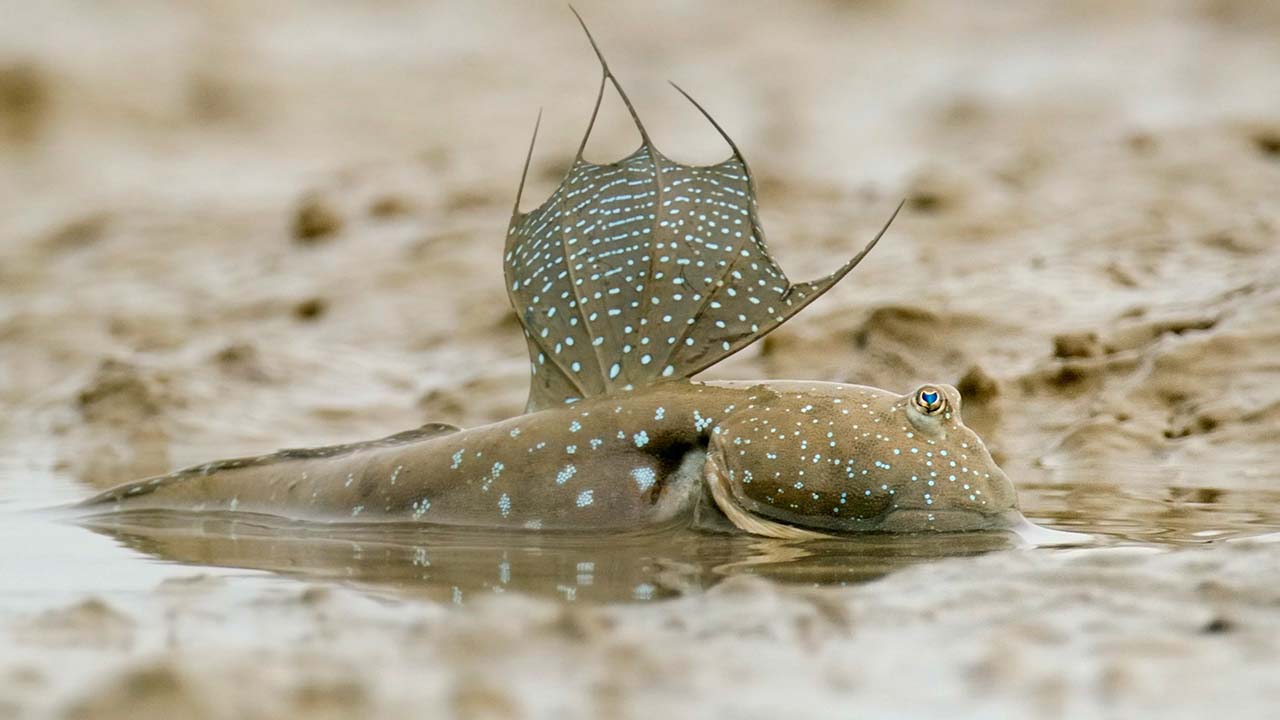
Mudskipper
Mudskipper Pet
Mudskippers are amphibious fish, i.e., a subfamily of Oxudercinae. They have a unique body shape that helps them survive on both wetlands and water. They swim in water and jump like frogs on land.
Name and Shape
They are named mudskippers because they skip out of the water, can walk on land, and climb on mangroves. They have streamlined, elongated torpedoes-like bodies. They can grow up to 12 inches long. Usually, they have eyes on their head. They have two dorsal and two pectoral fins under their body. These fins might be partially or fully attached to their bodies. Their pectoral fins help them move on land.
Diet
They are carnivores and consume a variety of meaty food. It includes.
| White worms | Wingless fruit flies | Black worms | Sandworms | Crickets |
| Beetles | Small fish | Diatoms | Small crustaceans and Snails | Mealworms |
Behavior
They have different mood swings, which depend upon the tidal rhythm. Some of their mood swings are as follows.
- They are territorial and fight for their territory. To define their regions, they build mud walls around their territory. In case of invasion, they open their full mouth, raise their dorsal fins, sound a battle cry, and advance with clear aggression.
- Mudskippers jump over mud and make clicking sounds with their dorsal fins to attract their potential courtship partner.
Habitat
Mudskippers are native to tropical and subtropical regions of the Indo-Pacific Ocean, i.e., Japanese coasts, the Philippines, Australia, West Africa, and Polynesian islands. They usually live in mud flats, lagoons, swamps, and estuaries.
Breathing
Mudskipper pets have specialized breathing patterns due to their amphibious nature. They can breathe through gill chambers and skin. While burrowing, they fill their u-tunnel with air bubbles to survive for a long time.
Reproduction
After courtship, the female lays eggs in a mudhole, and then the male fertilizes and guards these eggs. On hatching, they have adult children, unlike larvae of other fish.
Burrow
Mudskippers burrow themselves to avoid predators, have moistened skin, and avoid harsh temperatures. Mudhole structure varies among different species. Moreover, they use these mudholes to raise the next generation.
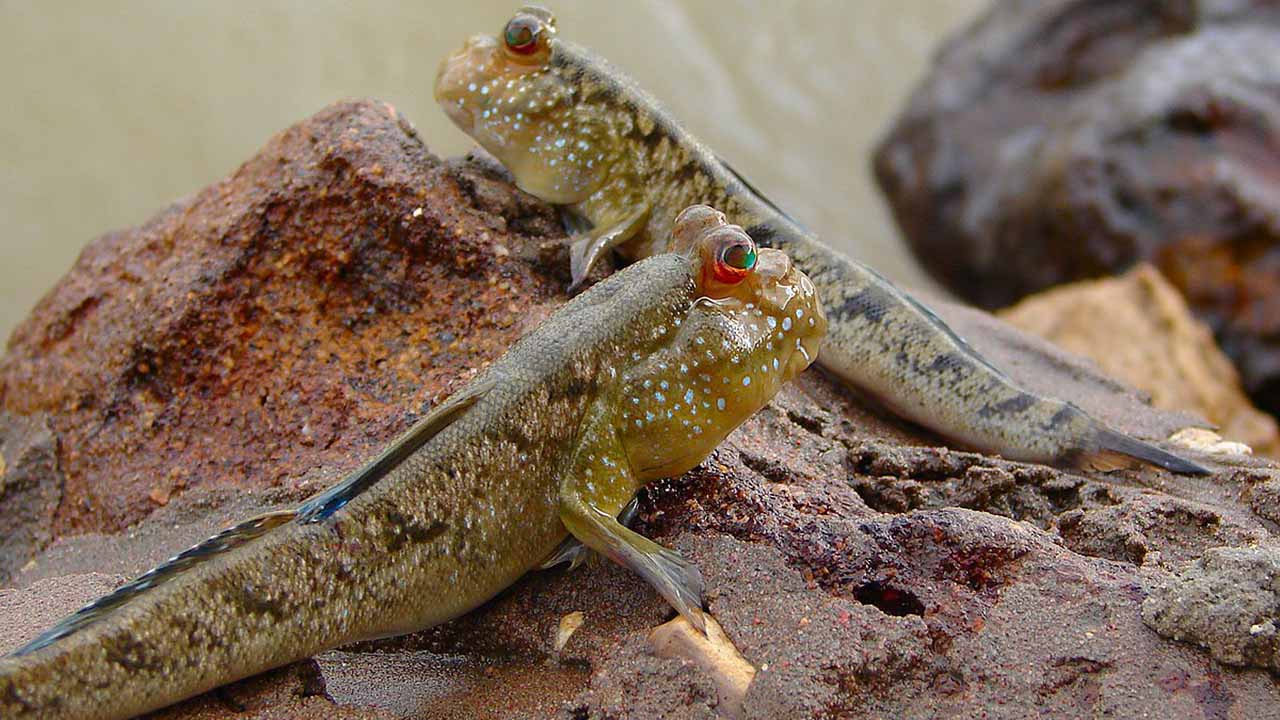
Types of mudskipper
Types of Mudskipper
Mudskippers have four major genera and more than 25 different species. The mudskipper genus is as follows.
| Boleophthalmus | Periophthalmodon | Periophthalmus | Scartelaos |
Boleophthalmus
Boleophthalmus is a combination of two Greek words, i.e., “Bole” and “Ophthalmos,” which means building eyes on the head. They live in the coastal areas of the Indian Ocean and the Western Pacific Ocean. In 1789 Jacob Christian Scheffer devised this class. Here are some of the species of this Boleophthalmus class. It includes the following species.
| Boleophthalmus birdsongi | Boleophthalmus caeruleomaculatus | Boleophthalmus pectinirostris |
| Boleophthalmus boddarti | Boleophthalmus dussumieri | Boleophthalmus poti |
Periophthalmodon
Periophthalmodon is also a combination of Greek words, i.e., Periophthalmo and Don, which means “Around the eye tooth.” They are present in the coastal regions of Papua New Guinea and Australia and in rivers of Southeast Asia. This class was also devised somewhere at the end of the 18th or the start of the 19th century. This class includes the following.
| Periophthalmodon freycineti | Periophthalmodon schlosseri | Periophthalmodon septemradiatus |
Periophthalmus
This genus is named after their special appearance with two Greek words, i.e., Peri and Ophthalmos, which means “globe eyes.” They are native to coastal mangroves and the shrubland of the Indo-Pacific region. However, Periophthalmus barbarus is native to the Atlantic coast of Africa. It is the largest genus of mudskippers. It has 19 recognized species, which are as follows.
| Periophthalmus argentilineatus | Periophthalmus gracilis | Periophthalmus minutus | Periophthalmus pusing | Periophthalmus walailakae |
| Periophthalmus barbarus | Periophthalmus kalolo | Periophthalmus modestus | Periophthalmus spilotus | Periophthalmus waltoni |
| Periophthalmus chrysospilos | Periophthalmus magnuspinnatus | Periophthalmus novaeguineaensis | Periophthalmus weberi | Periophthalmus takita |
| Periophthalmus darwini | Periophthalmus malaccensis | Periophthalmus novemradiatus | Periophthalmus variabilis | xxx |
Scartelaos
They are native to the Indo-Pacific region. This class includes 4 different species. In 1839, Valenciennes discovered the first species of this genus. Researchers also give this genus a common name, i.e., walking Gobie. Here in the following, all four species.
| Scartelaos cantoris | Scartelaos gigas | Scartelaos histophorus | Scartelaos tenuis |
Differences Between a Fish and a Mudskipper
Here is the comparison table between fish and mudskippers.
| Aspect | Mudskipper | Fish |
| Class | Amphibia | Pisces |
| Habitat | Live in both water and land, present at intertidal zones(swamps, mangroves, mudflats, etc.) | Live fully submerged in water(sea, lakes, rivers, ponds, etc.) |
| Breathing | Through skin by cutaneous respiration process by trapping water in gills through mouth and neck lining | Through gills |
| Body shape | Streamline | Flat body with raised eyes on the head and upward-facing mouth |
| Skin tone | Smooth and moist skin | Scales on the body |
| Shoulders | Present | Absent |
| Eyes | Eyes on the head that can move independently | Eyes on the side of the head |
| Vision | Higher vision due to periscope-like eye structure | Low vision |
| Diet | Carnivorous | Vary among species |
| Moment | Jumping, crawling, and walking | Swimming |
| Reproduction | Lay eggs and burrow in mud | Lay eggs in water |
| Larvae | Eggs hatch miniature adults | Free swimming larvae on hatching |

Mudskipper pet
Can Mudskippers Be Kept as Pets
Yes, mudskippers can be aquatic pets. However, they are not suitable for beginners due to difficulty in handling. They require specialized care and have aggressive and territorial behavior. Small species, i.e., Indian Dwarf Mudskipper, are suitable fish tanks.
Interesting Facts Regarding the Mudskipper Fish
Mudskippers are interesting amphibians. Here are some of the interesting facts related to them.
- They can climb on trees.
- Walk like a frog.
- They have specialized gills that intake air from the atmosphere.
- They live in small groups and show aggression.
- Mudskippers produce clicking sounds with their pectoral fins to intimidate their females.
- They shelter themselves by making complex tunnels in the mud.
- Females lay eggs in mud, and males fertilize and protect these eggs.
- They have a higher growth rate during the specific time frame of a year, i.e., August to October and March to April.
- It’s difficult for other fish to prey on them, as they are excellent camouflage.
- They spend almost their lives where they were born.
- They are sensitive to environmental changes, which makes them environmental health indicators.
- They help to avoid coastal erosion.
- Mudskipper can live up to a wide temperature range, i.e., 14 to 35 degrees Celsius.
- They have unique eye structures. A water-filled cup-like structure under both eyes to avoid dehydrating eyes when they live on land.
- They retract their eyes to moisten their eyes.
- Mudskipper pet can independently move their eyes.
- They have excellent vision.
How Long Can Mudskipper Fish Survive on Land/Out of Water
Mudskippers can live up to consecutive 2 days out of land. However, their stay depends upon temperature and humidity on land. They spend approximately three-quarters out of water. While staying on land, they use their dorsal fins as legs. Moreover, they have a certain breathing pattern that helps them to survive out of water for extended periods. These methods are as follows.
| Breathe through gill chambers, they fill these gill chambers with water while wiping themselves in mud | Breathing through cutaneous |
| Also, to breathe through the lining of their throat and mouth | In tunnels, they use trapped air bubbles to breathe |
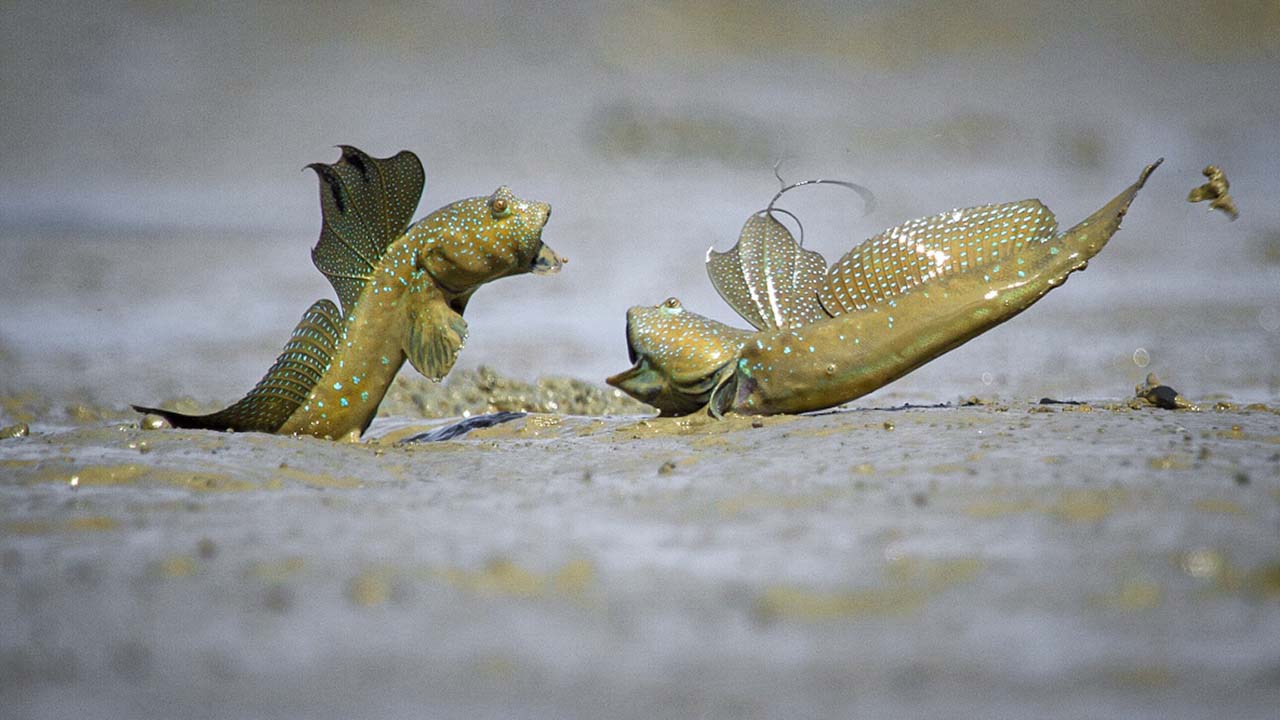
Mudskipper Battle
In Closing
Mudskipper habitats are around tropical and subtropical regions. This interesting fish has four genera with about 25 species. The difference between fish and mudskippers and interesting facts, like they produce a clicking sound to attract their female for courtship, are worth knowing. They can be pets only for veteran aquarists.
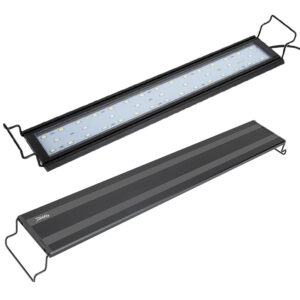
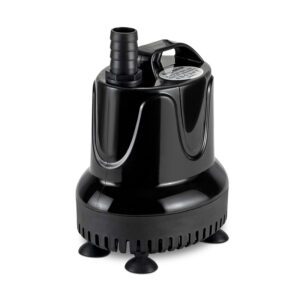
Leave a comment